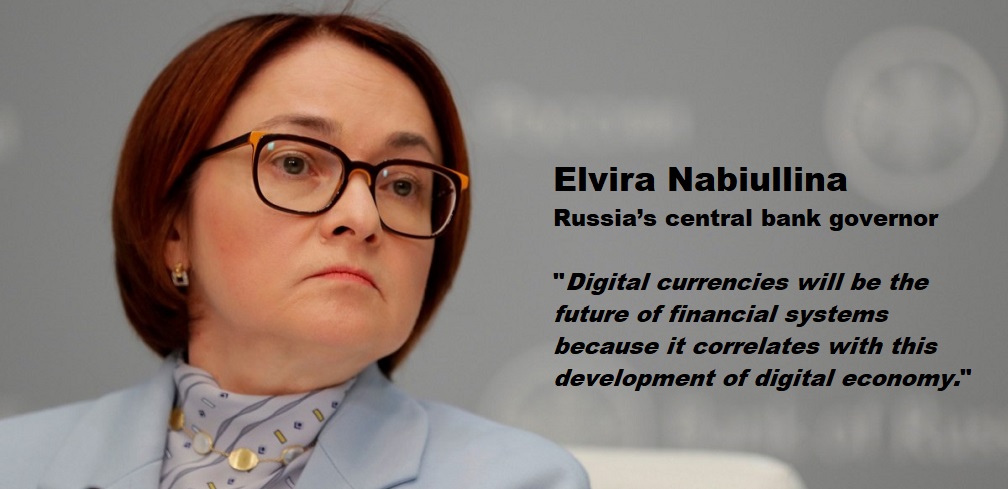
Moscow published a consultation paper on a digital rouble in October, and aims to have a prototype ready by the end of 2021, while pilots and trials could start next year, according to CNBC.
As the economy moves online, digital currencies will be the future of financial systems, according to Russia’s central bank governor, Elvira Nabiullina.
There is a need for fast, cheap payment systems, and central bank digital currencies can fill that gap, she told CNBC’s Hadley Gamble in an exclusive interview.
“I think it’s the future for our financial system because it correlates with this development of digital economy,” she said.
Many central banks around the world are developing sovereign digital currencies, which advocates say could promote financial inclusion and make cross-border transactions easier.
But Nabiullina predicts there will be challenges finding “common solutions” between systems that have been developed independently by different countries.
“If each bank creates [its] own system, technological systems with local standards, it will be very difficult to create some interconnections between these systems to facilitate all cross-border payments,” she said.
Banking 4.0 – „how was the experience for you”
„To be honest I think that Sinaia, your conference, is much better then Davos.”
Many more interesting quotes in the video below: